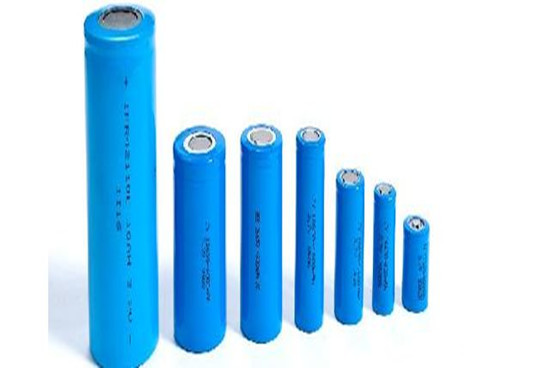Eight development trends for China’s lithium battery industry

Shanghai (ZXZC)-The NEVs posed a robust market growth since March, 2017 in China. The popularization of NEVs grew far beyond expectation. It is estimated that the total NEVs will exceed 300,000 models by the end of this year, which is two years earlier than the scheduled year 2020.
With the development of NEVs, the lithium battery for mobility power will drive China's lithium battery industry to develop quickly. As the world's largest manufacturing country and also the most important application market, China will play an enhanced role in global lithium battery industry. It may shape the following eight trends in lithuim battery area.
Trend one: China is expected to enlarge its advantages with the stable expansion of industrial scale
In 2017, the major application market of lithium battery suffered lower growth than that of in 2016. With the growing poplularity of NEVs, the total output of electric vehicles will reach 650,000 units in 2017, enabling China's shares in global electric vehicle market to be furtherly promoted.
Trend two: Lithium battery for mobility power will drive the development for lithium battery industry, accounting for 60% market share of lithium battery
Thanks to the expansion of NEVs and lithium battery powered bicycles, the market scale of lithium battery is expected to reach 30GWH with a year-on-year increase of 30%. Comprehensively, the lithium battery for mobility power has driven the development of Chinese lithium battery market, and is likely to take more than 60% share of the lithium battery market.
Trend three: With the slump of subsidies, the sales growth of NEVs will slow down
By the end of 2016, relevant departments of government cut down the subsidies for NEV passenger vehicles and NEV coaches. The slump of battery subsidies was beyond expectation, and higher technological standards were required.
Trend four: Quick application of new technologies accelerates the realization of lithium battery products
Lithium battery is widely used in various sectors, especially in electric vehicles, new energy and military field. At the same time, it emerges a lot of high-tech materials, which integrate quickly with the R&D of lithium battery. Thus, lithium battery industry quickens its innovation speed , and various products will be put into the market. In the near future, with the fast development of new technologies, more high-tech materials are expected to be integrated into lithium battery, and the lithium battery products would be more diversified.
Trend five: Lithium battery bears limited performance, and commercialization of new battery technologies still needs time
At present, new battery technologies are researched in labs, and they may cost at least ten years to be largely applied.
Trend six: Policy of lithium battery powered for mobility suddenly changed, and industrial structure faces great adjustment
Ministry of Industry and Information Technology (MIIT) had once solicited opinions from all walks of life, and then largely improved the annual capacity of lithium battery from 0.2GWh to 8GWh. The intense competition of lithium battery market and the crucial period which lithium battery industry faces may change the lithium battery structure.
Trend seven: Key companies consolidate their advantages, improving lithium battery industry concentration
The total output of China's NEVs kept increasing in 2016, and power battery industry concentration was furtherly improved. Market shares of top ten power battery suppliers increase from less than 70% to 82%. Therefore, it is predicted that the advantages of the key companies would be furtherly consolidated in 2017, and the market shares of power battery will be enhanced, and the top ten suppliers would take the shares of more than 87%.
Trend eight: New regulations take effect, but functions still need to be tested in the market
Lithium Battery Industry Regulations was issued in September, 2015. Compared to the former regulation, it has added several technological requirements, but it is not difficult for companies to meet these requirements. The role that the regulations will play still remains uncertain and needs to be tested in the market.

